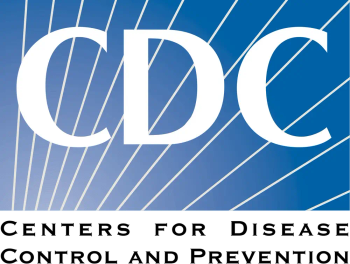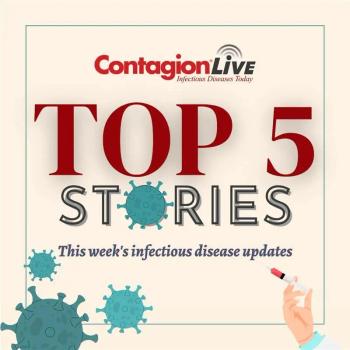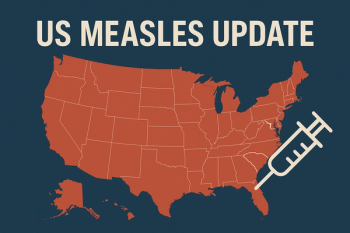
Top Infectious Disease News of the Week—November 11, 2018
Stay up-to-date on the latest infectious disease news by checking out our top 5 articles of the week.
#5: NAFLD Linked With Traditional Metabolic Risk Factors in People Living With HIV Nonalcoholic fatty liver disease
According to new research presented the 2018 American Association for the Study of Liver Diseases (
A team of investigators from Massachusetts General Hospital, the University of Colorado Denver, and the University of Texas Health Science Center, set out to identify metabolic and HIV-specific risk factors for NAFLD in people living with HIV, by searching the Partners HealthCare Research Patient Data Registry to identify people living with HIV both with and without NAFLD.
From the database, 97 individuals with HIV and NAFLD and 135 without were identified, excluding individuals with significant alcohol use or viral hepatitis. The investigators defined the presence of NAFLD as fatty infiltration of the liver on imaging using either previously validated criteria or steatosis on biopsy. Absence of NAFLD was defined as normal liver imaging and/or histology.
Read more about
#4: Hepatitis C Virus Retreatment Successful with SOF/VEL/VOX in Patients With and Without HIV A fixed-dose combination therapy of sofosbuvir, velpatasvir, and voxilaprevir (SOF/VEL/VOX, Vosevi, Gilead) was highly effective after 12 weeks in retreating direct-acting antiviral-experienced patients with hepatitis C virus infection, with and without
Hepatitis C virus infection can be successfully treated with the use of direct-acting antiviral agents. In rare cases, patients can relapse; however, they can still be retreated successfully. SOF/VEL/VOX is one such treatment for hepatitis C virus infection that has shown success in patients who are treatment-experienced; however, many studies have not assessed the success of retreatment in patients with HIV or hepatitis B virus co-infection.
“I think many people expect that the drugs will work the same in HIV-positive patients as in HIV negative patients because of the early data in ledipasvir/sofosbuvir (Harvoni, Gilead) especially showing similar efficacy like in the
Read about
#3: HIV and NAFLD More Common Than Originally Thought Research on nonalcoholic fatty liver disease in persons
A team of investigators led by Matthew Copeland, DO, an internist at Medstar Georgetown University Hospital in Washington, DC, set out to determine the prevalence and characteristics of nonalcoholic fatty liver disease in persons with HIV in a regional cohort of patients.
IBM Watson’s EXPLORYS platform was used to analyze a de-identified database of medical records of patients who were seen at Medstar Health Facilities in Washington, DC, between January 1, 2006, and December 31, 2016. Diagnoses of HIV, nonalcoholic fatty liver disease, cirrhosis, hepatitis B or hepatitis C virus infection were identified through ICD-9 and ICD-10 codes.
Read about how
#2: Antibiotic-Resistant Infections Could Kill Millions Globally by 2050, OECD Says: Public Health Watch I landed in Glasgow, Scotland last week seeking some much-needed rest and relaxation.
Instead, I was welcomed with blaring headlines in the
Sadly, such doomsday proclamations are all too common in the press, and all too many of them, when read closely, are very often a lot of “sizzle” and little “steak.”
Unfortunately, the threat highlighted in the
Read about
#1: Outbreaks of All Acute and Chronic Infectious Diseases Are Seasonal Infectious diseases can circulate on some level throughout the year, but in a new study, an investigator from the Columbia University Mailman School of Public Health shared that all outbreaks of infectious diseases have a seasonal element.
According to the
Researchers have observed that with
Investigators on a new
In the study, Micaela Martinez, PhD, an infectious disease ecologist at Columbia University in the Department of Environmental Health Sciences, noted that we are familiar with outbreaks of influenza in winter and chickenpox in the spring, and pointed to evidence suggesting that each acute infectious disease has its own seasonal window of occurrence, which can vary among geographic locations and differ from other diseases within the region.
Read about
Newsletter
Stay ahead of emerging infectious disease threats with expert insights and breaking research. Subscribe now to get updates delivered straight to your inbox.

















































































































































































































































































